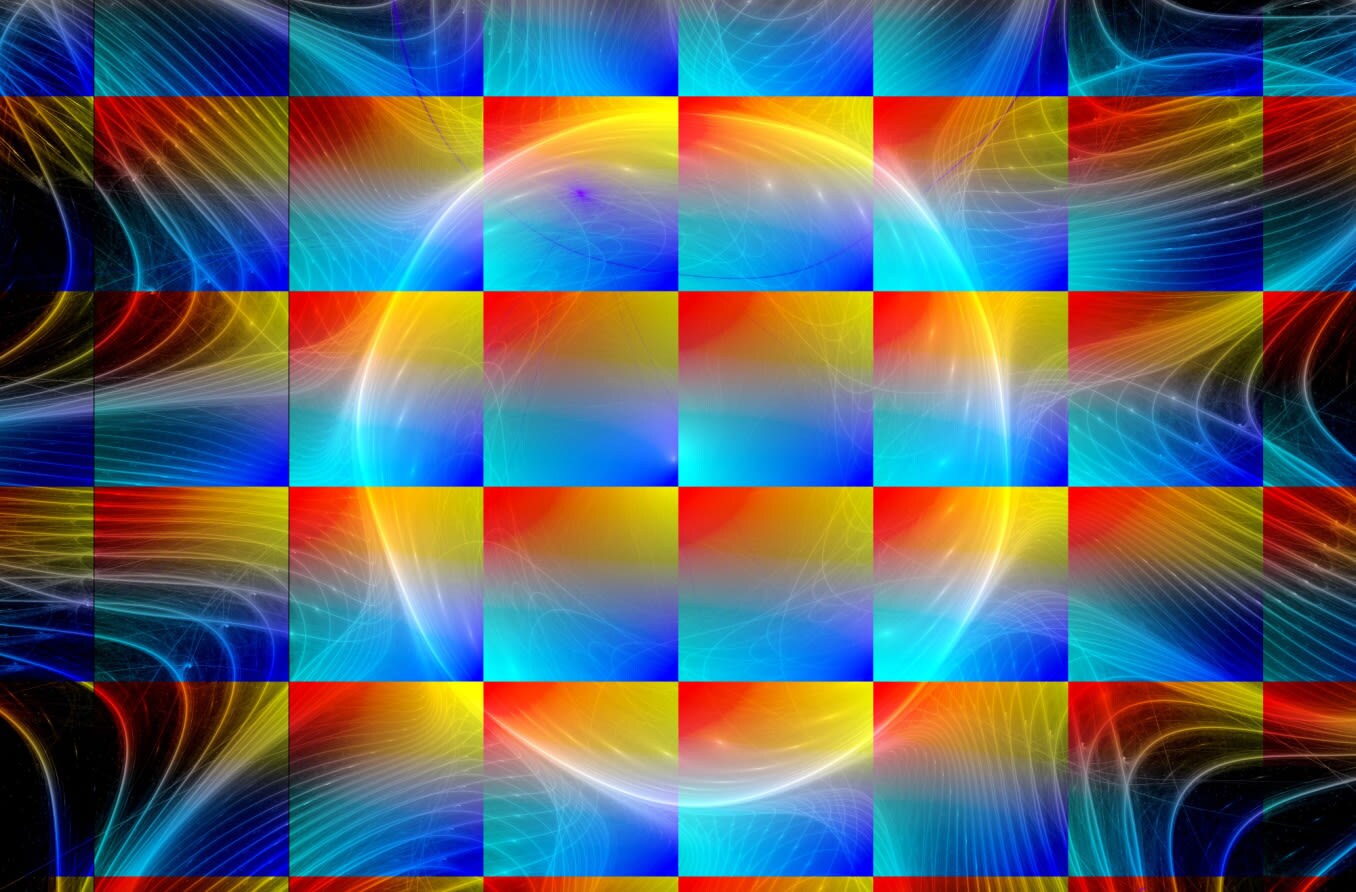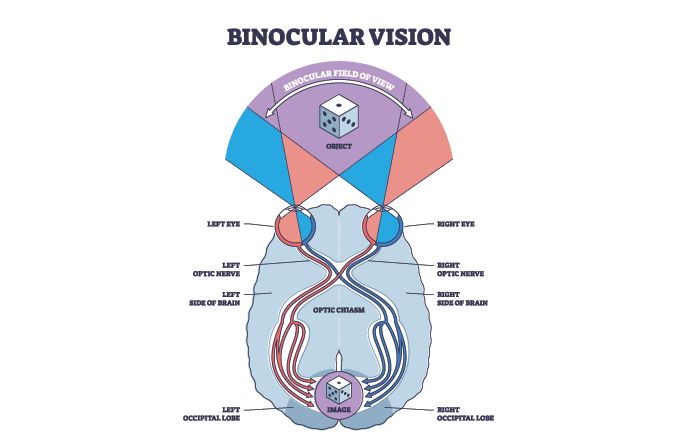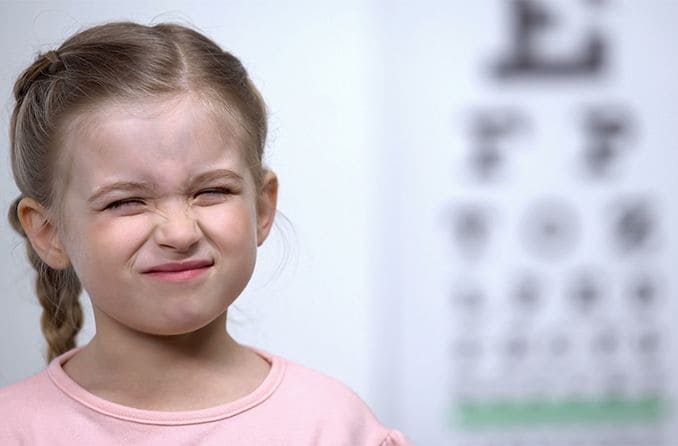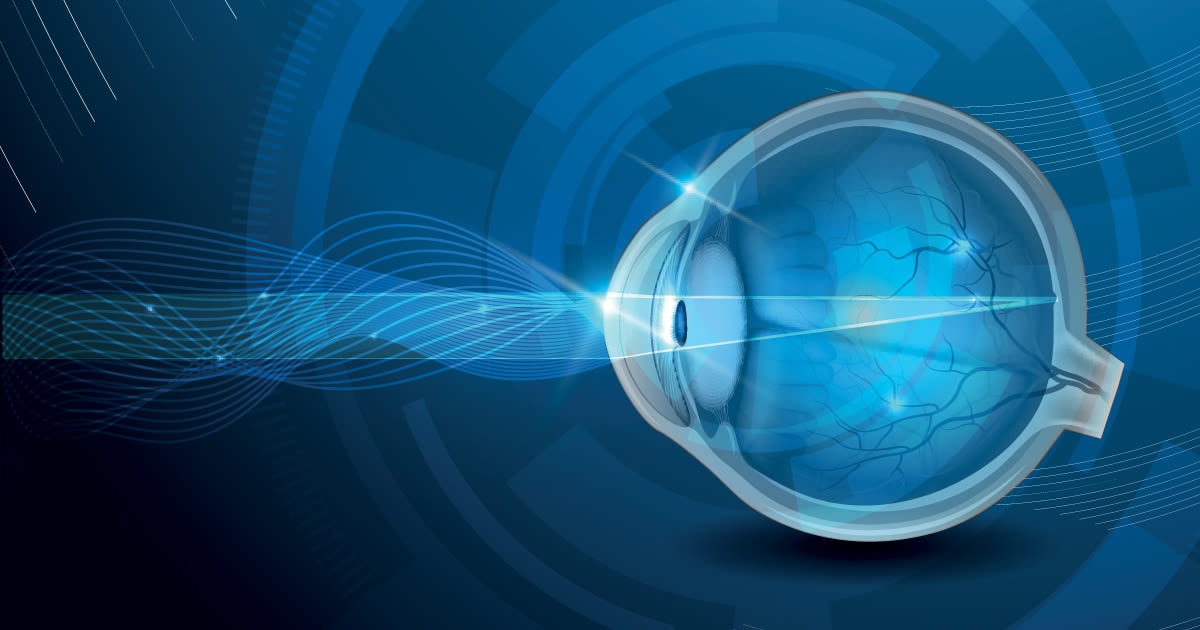What is accommodation in the eyes? Think of it as one of the most important functions of the vision system: your natural response to trying to examine something nearby.
Thanks to accommodation, the eyes automatically zero in on the text on your smartphone. When accommodation works right, you see fine details up close in clear focus. When accommodation goes wrong, an exam can help your eye doctor figure out how to get things looking clear again.
Eye accommodation typically weakens with age, forcing most people to get corrective lenses after age 40. If you need reading glasses or you’re curious about how your eyes work, this article will help you understand this fascinating aspect of human vision.
What’s the definition of accommodation?
Accommodation means granting a request. When your landlord wants the rent by the end of the month, you accommodate by paying up when you’re supposed to.
In the vision system, your eyes send visual signals to the brain, which translates them into eyesight. When you try to read a book or thread a needle, the central nervous system instinctively sends impulses to the ciliary muscle inside the eye that adjusts the focus of the lens.
This automatic response is also called accommodation — it’s the brain’s response to a request for near vision.
How does eye accommodation work?
First, let’s review the basic mechanisms of eye anatomy that allow eye accommodation:
Cornea – This clear half-dome on the front of the eyeball bends rays of light that pass into it.
Lens – This transparent, elastic disc provides fine adjustments to focus, especially for near objects and reading. For clear vision, the lens usually remains stretched tight across most distances, but this changes during accommodation.
Pupil – The circular opening surrounded by the iris (the colored part of the eye) expands and contracts to control the amount of light reaching the back of the eye.
Retina – The light-sensitive inner lining of the back of the eye sends visual information to the brain.
A health education video at the University of Utah spells out how these parts come together to produce eye accommodation and near vision. The video notes that accommodation is a reflex that reflects simultaneous activities of the vision system. When objects get nearer to the eyeball, three events occur:
Convergence – The line of sight of each eye must move toward the other (converge) to keep the near object aligned with the fovea centralis of each eye, a section of the retina responsible for sharp, focused vision.
Constriction – The pupils get smaller (constrict) to increase depth of focus.
Increased lens power – A muscle in the ciliary body that surrounds the eye’s lens contracts to enable the lens to change shape and increase its power to bring the near object into clear focus.
Why does eye accommodation weaken as we get older?
Presbyopia is the normal, age-related loss of accommodation that happens as people age.
Those who read a lot tend to start noticing the effects of presbyopia after age 40, when it becomes extremely difficult to focus on up-close text, such as in a book or on a phone or tablet screen. While presbyopia isn’t specific to reading, it is common for people over 40 to become increasingly frustrated as they try to examine near objects over time.
So, what’s going on?
Throughout the aging process, the lens inside each eye thickens and becomes less elastic until it is unable to change shape. This means the eye can no longer increase its focusing power to see near objects clearly.
Fortunately, there are plenty of presbyopia treatment options to choose from, including eyeglasses with progressive lenses, basic bifocal (or trifocal) glasses, and contact lenses.
If you also need cataract surgery, an accommodating intraocular lens is another way to treat presbyopia.
What is an accommodative dysfunction?
An article in the journal Review of Optometry outlines a host of accommodation problems unrelated to presbyopia. Electronic devices, for instance, can trip up accommodation for people of all ages. Some diseases and underlying vision system defects can affect accommodation in children.
The medical community defines four kinds of accommodative dysfunctions:
Accommodative insufficiency – An accommodation reflex should happen within specific guidelines depending on your age. If your near-vision reflex falls below what a doctor would expect for your age group, it’s called an accommodative insufficiency.
Ill-sustained accommodation – The normal accommodation response gets worse over time.
Accommodative spasm or excess – The accommodation reflex overreacts to a visual stimulus.
Accommodative infacility – Distance vision gets blurry after prolonged near vision (or vice versa).
If accommodation problems occur among children or young adults, treatments such as vision therapy and computer glasses are often successful.
Getting your eye accommodation right
Eye doctors have been dealing with eye accommodation for centuries, so there’s plenty of accumulated knowledge to ensure you get the right treatment.
If you have kids, it’s crucial they see an eye doctor regularly for routine exams. Early detection and treatment of eye accommodation issues in children can help prevent learning-related vision problems.










